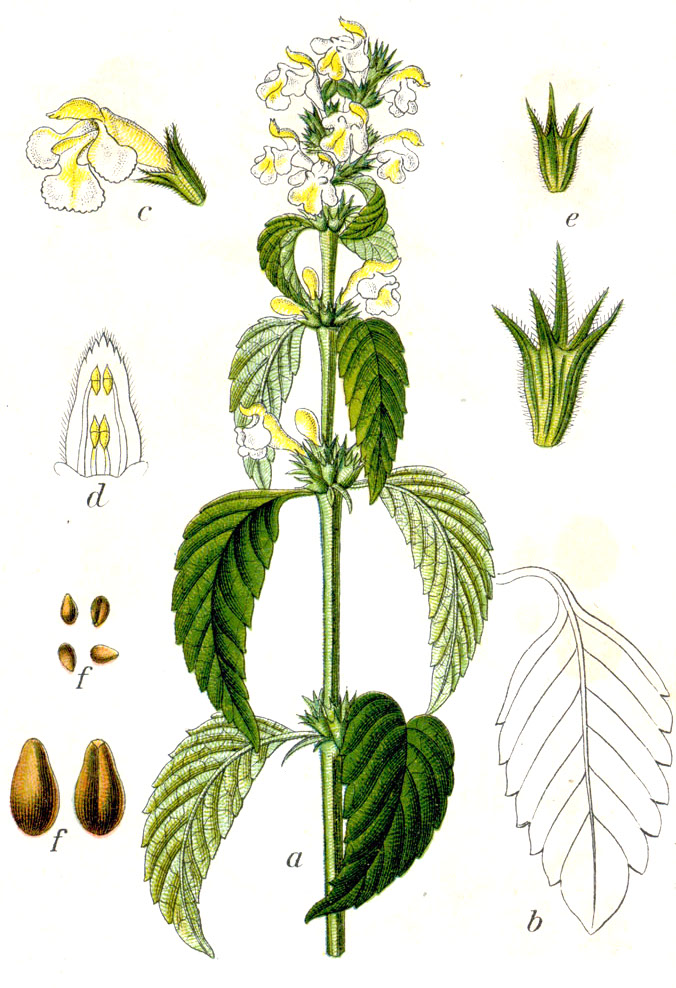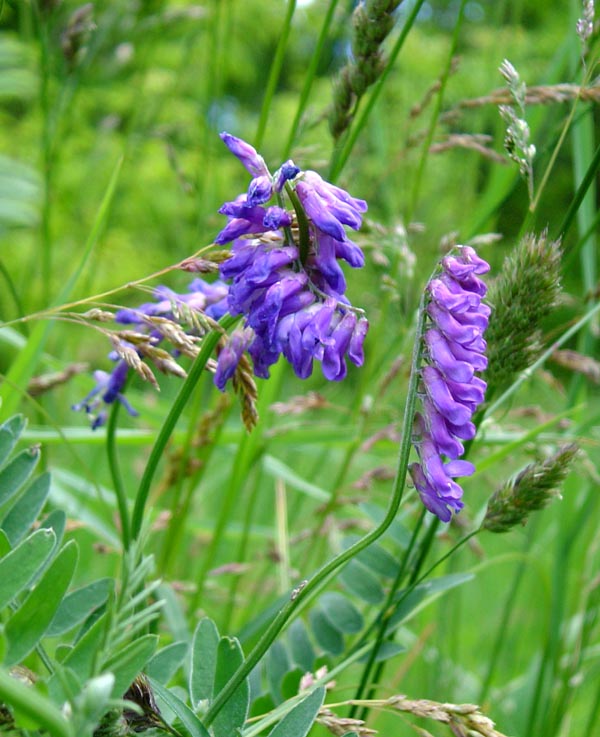plants
1/14
There's no tags or description
Looks like no tags are added yet.
Name | Mastery | Learn | Test | Matching | Spaced |
|---|
No study sessions yet.
15 Terms
Leaves alternating,
margins often crenate, and
veins pinate (feathered)
• Stipule (steunblaadjes) at
base of leaf
• Sepals & petals usually 5,
often with epicalyx
(bijkelk)
• Fruit: achene (dopvrucht),
follicle (kokervrucht),
sometimes berry
• Herbs, shrubs and (fruit)
trees
Rosacaea
Leaves usually alternating & compound
• Calix (kelk) ≥ 3 sepals, usually 5
• Corolla (kroon) ≥ 3 petals
• Many stamen (meeldraden)
• Fruits: achene (dopvrucht), follicle (kokervrucht),
sometimes berry (fleshy fruit

ranunculaceae
Stem usually square
• Leaves opposite, usually simple (not
compound)
• Aromatic
• Flowers bilaterally symmetrical,
usually false-whorls (schijnkransen)
• 5 (10) sepals, bell-like calyx
• 5 united petals, fused into corrola with
upperlip (2) and lowerlip (3).
• Stamens 4 (2 long, 2 short)
• Fruit: dry nutlet (4-delige splitvrucht)

Lamiaceae

Alternating leaves, leaf rosette
(at bottom)
• Flowers cruciform
• 4 sepals, 4 petals
• 6 stamens (rarely 4, 2 of 0)
• Hypogynous (bovenstandig
vruchtbeginsel)
• Fruit: silique/silicle (hauw(tje)),
separates into 2 or 4 segments
(valves)
• Fruits important for ID, beak
(snavel)!
brassicaceae

Leaves alternating, compound, stipules (steunblaadjes)
• Flowers bilaterally symmetric
• 5 fused sepals
• 5 petals; 1 large upper – banner(vlag), 2 adjacent -
wings(zwaarden), 2 lowest – keel(kiel) (boat-like)
• 5 or 10 stamens
• Fruit legume(peul), opens a long a seam on 2 sides
fabaceae
Leaves alternating, usually
compound, pinnate
• Aromatic
• Infloresence in shape of
terminal umbel (scherm)
• Calyx (sepals) small, 5
teeth, or absent
• Corolla 5 petals
• Bracts (omwindselbladen)
Bractlets (omwindselblaadjes)
• Fruit: 2-sided schizocarp/
(splitvrucht), often ribbed
or winged
apiaceae
Leaves alternating, sometimes opposite or in
whorls, simple (rarely compound)
• Small flowers, grouped in capitula (hoofdjes)
• 2 types of flowers: tubular (buisbloemen) or
ligulate (lintbloemen)
• Sepals 0, or pappus (hairs, teeth, bristles)
• Petals 5, fused into tube
• Fruit: achene-like cypsela (nootje), often crowned
with pappus
asteraceae
Leaves (usually) opposite,
simple (not compound),
margin entire
• Flowers bisexual,
sometimes dioecious
• (4) 5 free petals & sepals
• Petals (deeply) cleft
• Stamens (1-) 5-10 (-12)
• Infloresence forked in
dichasial cyme
(dichasium)
caryophyllaceae
Leaves alternating, simple,
entire
• Ochrea (tuitjes): 2 fused
sheathing stipules
surrounding stem
• Perianth (bloemdek): 1-2
similar whorls of 3-6 tepals
• Inflorenscence: multiple
small flowers, arranged in
loose raceme (tros)
• Fruit: achene (dopvrucht)
polygonaceae
Leaves alternating or
opposite, palmate to
pinnate, stipules
(steunblaadjes)
• 5 sepals & petals
• (5)10 stamens (in 2 whorls
of 5)
• Pink/purple, not yellow
• Ovules (vruchtbeginsel)
elongated into (long)
sterile beak (gesnaveld)
geraniaceae
Leaves simple, with
stipules (steunblaadjes)
• Flowers bilaterally
symmetric, bisexual
• 5 sepals & petals
• Lowest petal with
backwards directed spur
(spoor)
• Fruits: capsule with 3
valves (3 kleppige
doosvrucht)
violaceae
Leaves alternate, narrow,
simple (not compound)
• Hairy leaves
• Inflorescence (when new):
coiling shape (schicht)
• 5 sepals & petals, 5
stamens
• Petals fused into tubes
• Often with folds, scales or
hairs at throat of corolla-
tube (keelschubben)

boraginaceae
Leaves opposite, simple
(not compound),
apparently in whorls
(kransen)
• Sepals 0 or small, 4 &
fused
• Petals 4-5, fused into
(short) tube
• Usually white, creamy
• Fruit: paired nutlets,
berry or capsule (2-
delige splitvrucht of bes)
rubiaceae
Simple leaves,
sessile, basal
rosette
• No stipules
• Brownish spike-
like inflorescence
• Sepals (2-)4
• Petals 2-4 fused
into tube (2-4
lobes)
plantaginaceae, plantago
Leaves simple, without
stipules
• Flowers single
• Calyx (kelk) with 4-5
lobes, fused (no clear
upper/lower lips)
• Corolla (kroon) 4-5 lobed
petals
• Stamens outside corolla,
forming ‘victory’ sign
veronicaceae, plantaginaceae